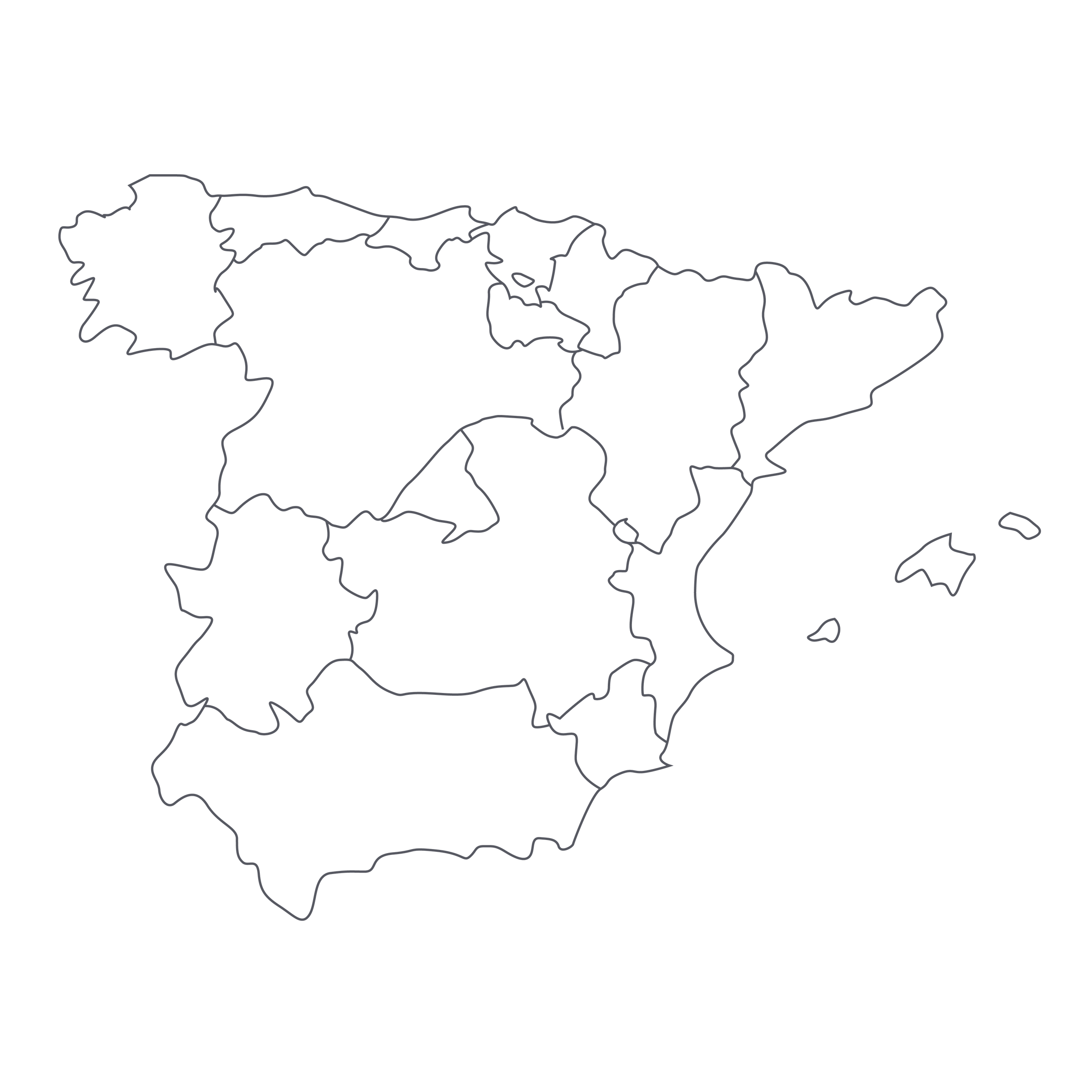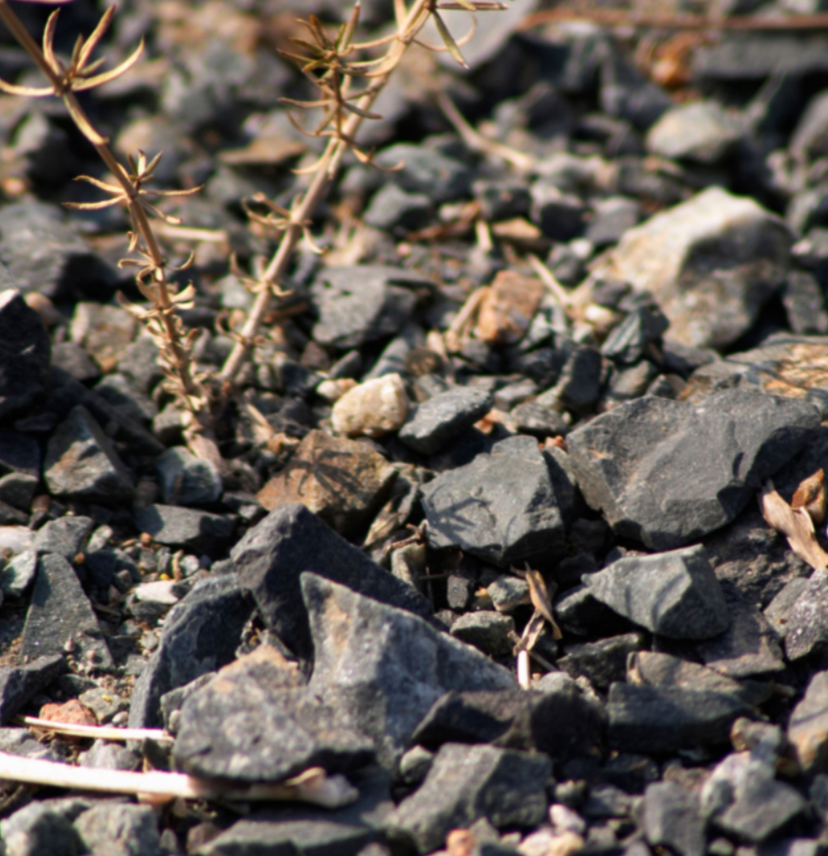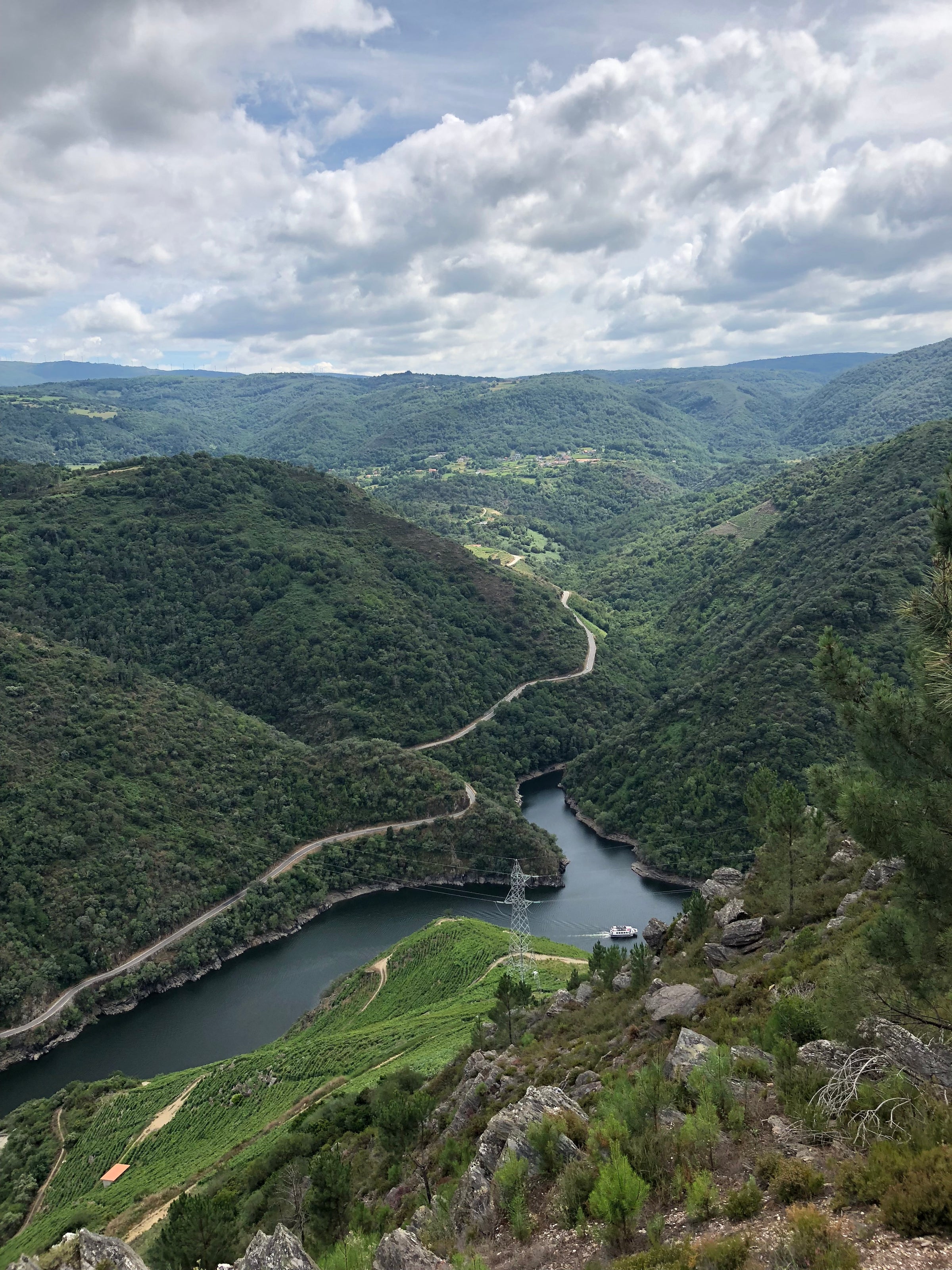Italy, France, and Spain have long been the world’s “big three” in terms of total wine production, so it feels a little strange that American wine lovers are only now venturing beyond a few well-known Spanish wine regions. As you’ve likely noticed, we can’t stop talking about the wines of Galicia, but just about anywhere you look in Spain these days there’s a modern wine renaissance afoot.
From the high-altitude outskirts of Madrid to the overlooked crannies of Montsant to the limestone plateau of La Mancha, there’s so much great wine coming out of Spain right now it’s hard to keep up. Luckily, we have a network of intrepid importers unearthing incredible discoveries like today’s Tempranillo from Bodegas Tempore, a new-generation wine project in the northeastern region of Aragón. Vine growers for four generations, the Yago Aznar family’s specialty is organic farming, and without a doubt, they are masters of old-vine Tempranillo and Garnacha grown on a high plateau east of Rioja. Despite its shockingly low price, “Generación 76” is among the most complete Tempranillos out there. It shines with classic Spanish flair, varietal purity, and a supremely layered palate that leaves its quaint $22 price tag far behind. Let’s put it this way: There are countless more-expensive Riojas I wished tasted like this! You need to check it out.
If the 21st century had a wine award for “Most Improved Player,” it would surely go to Spain. Culinary innovators like the Roca brothers, the Adrià brothers, and grilling marvel Victor Arguinzoniz of Etxebarri in the Basque Country put Spain on the gastronomy map in the late 1990s. Instead of flying to Paris, adventurous diners were flying to Barcelona or Madrid and taking the longest detour to the most memorable meal. Spain became food Mecca, fittingly surrounded by troves of abandoned old vines, mineral-caked soils, and picture-perfect microclimates—like Aragón.
About halfway between Rioja and Barcelona, Aragón is a land of extremes, from snow-capped Pyrenees mountains in the north to rolling green hills of the middle to the sparse plains of the south. Classified as a moderate continental climate, with plenty of sunshine, altitude is key for zippering-up Tempranillo’s high-toned aromatics. Bodegas Tempore is headquartered just outside Zaragosa in the town of Lécera, with vineyards sitting at nearly 600 meters’ elevation in lime-rich, sandy soils. This is a terroir that showcases the elegant side of Tempranillo, one that is irresistibly fresh and fruity like your favorite, somewhat addictive Cru Beaujolais. At 13.5% alcohol, Generación 76 finds a sweet spot for Tempranillo, one that dials in optimum ripeness without the extra whack of heat on the finish. I like this moderate style of Tempranillo, a style that channels the iconic finesse of López’s de Heredia’s “Viña Bosconia.” I’m not saying Generación 76 tastes like Viña Bosconia; it has a juicier personality, but there is a softness to the fruit which is similar.
Generación 76 offers the chance to break away from routine, cross the border into Aragón, and be enlightened. 100% old-vine Tempranillo sourced from two vineyards, today’s wine is certified organic by the European Union (represented by its logo, a leaf in stars). A pre-fermentation ‘cold soak’ enables a slow, calmer extraction of color and flavor from the skins (rather than a harsh extraction aggravated by heat and alcohol). The fermentation vessel is stainless steel and the aging vessel is 500-liter new French oak, but the time in oak is brief, only two months, which gives the wine a hint of cocoa dust and length on the palate. Above all, the secret sauce of Generación 76 is texture. Upon first taste, it will seduce you, comfort you and, in the end, impress you.
Tempranillo can vary in structure, sometimes echoing a right-bank Bordeaux, other times feeling like a round vintage of Burgundy. Because of the latter, the 2017 Generación 76 shows itself well in a Burgundy glass; the extra space lets the aromatics uncoil and roll deep. In the glass, a dense ruby core stretches into a rim of brilliant violet. The wine is deep and concentrated but lively as well, suggesting the best qualities of youth: red cherries, blackberries, currants, fresh violets, and dark chocolate. A warm stone minerality comforts the mid-palate with licorice and graphite. Tannins are relatively soft and bend into a round finish with juicy acidity reminiscent of a warm-vintage Cru Beaujolais. Tempranillo can befriend many foods, so in honor of all things Spain, let’s take a lesson from one of the greats, Victor Arguinzoniz. Here’s his indispensable tips for making the ultimate steak: “Be patient… be bold,” he says, just like the Yago Aznar family and their fellow pioneers who have brought light into old, historic vineyards and given us this delicious red. Enjoy!





